
Patricia Wight
Reporter

Reporter
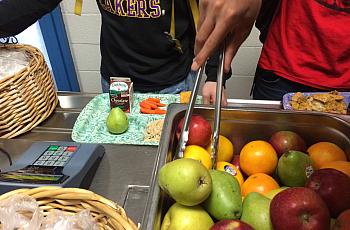
"There were a few times when I felt I had reached a dead end," writes Patricia Wight. "I worried that my stories would be missing the critical first-person experiences needed to bring the issues surrounding obesity to life."
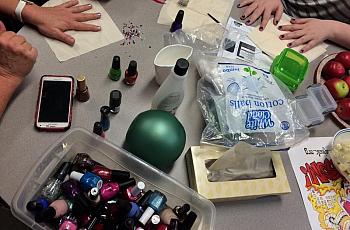
In the final installment of Patty Wight's series on poverty and obesity, she looks at the power of social stigma and bias around weight, and the lasting effects they can have on a child.
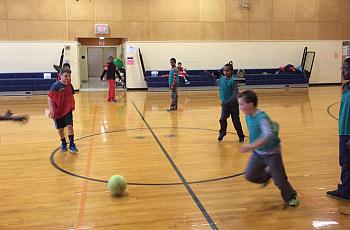
In the fourth part of Patricia Wight's series exploring the link between childhood poverty and obesity, she visits an elementary school in Portland that has developed a creative way to get kids moving. Within minutes of the school doors opening, 16 kids are in the gym, ready for indoor soccer.
As schools across the country step up efforts to provide more nutritious foods to all children, they’re also focusing on ways get them interested in trying them. And it can be particularly important for kids from low-income families, who often lack access to nutritious food at home.
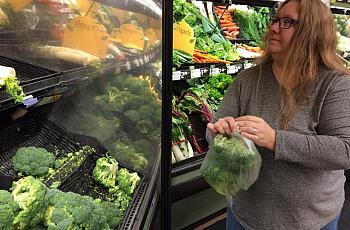
Tiffany Krastins stopped receiving food stamp benefits this past September. But with a family of six, money is still tight. “Eight-hundred dollars a month to feed six people, it breaks down to about $1.53 per meal,” she says.
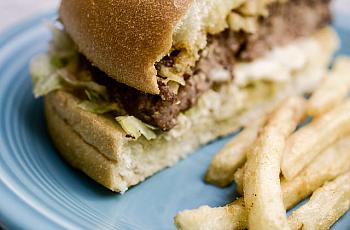
According to the Maine Children’s Alliance, 30 percent of Maine kids ages 10-17 are overweight. That’s more than 36,000 kids, and nearly half of those are considered obese. And children from low-income families are especially vulnerable.

In Maine, one in three children are overweight, and about half of poor children ages 10 to 17 are obese. Programs such as "Let's Go!" have tried to combat the trends by spreading messages of healthy eating and exercise, but widespread problems persist. Why the impasse?